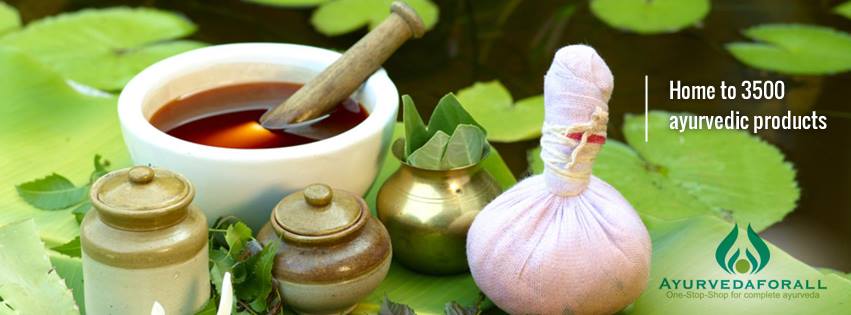best treatment for varicose veins
Several factors increase the risk of developing varicose veins. Women are four times more likely to develop varicose veins compared to men. Age is also a contributing factor as the valves in the veins naturally experience wear and tear over time. Additional weight in the legs can increase pressure in the veins, leading to their development. A family history of varicose veins also increases the risk, indicating a genetic predisposition. Lack of exercise and poor blood circulation can also contribute to the development of varicose veins.
